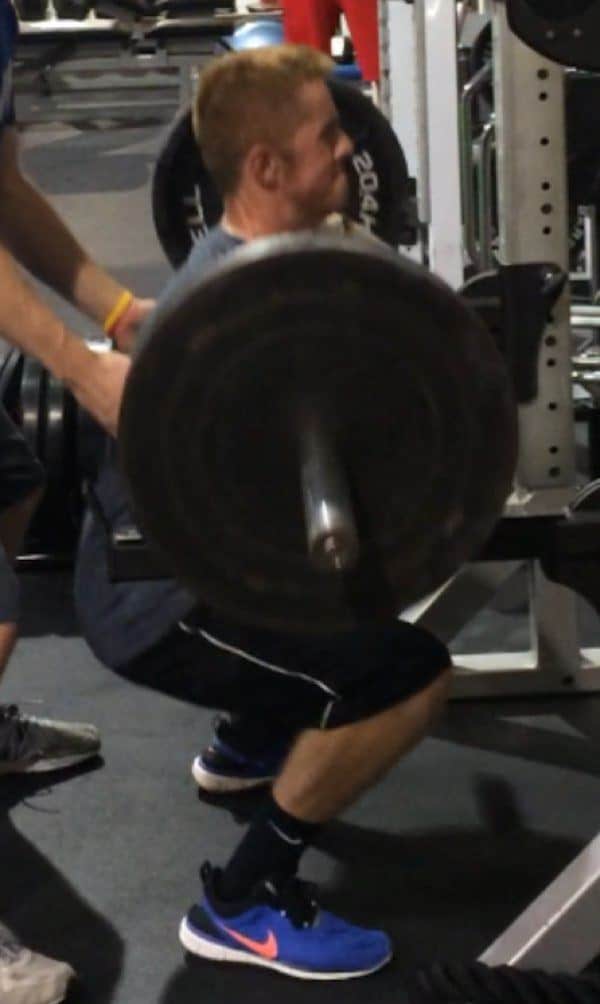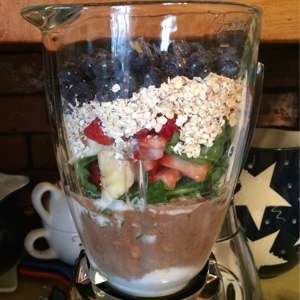Challenging Traditional Rep and Set Schemes
Walk into any gym and begin watching people lift weights. Now, begin to count their reps for them. 8…9…10. Then pan to someone else, 8…9…10, and so on.
Most gym goers are infatuated with performing an exercise for 10 repetitions. I’m sure some have a a good reason for doing so. I’ll give some people the benefit that they are on their “size” phase. But I’m willing to bet that’s not usually the case.
Whether you are working on getting bigger, getting stronger, or increasing your endurance, you can always manipulate your sets and reps. Traditional thinking says when someone is working to add muscle, you want to be in the rep range of 8 to 12.
But I want you to think differently.
Old bodybuilding methods and theories have trickled into the general public as the only way to train; even while most males who go to the gym regularly, are working on getting bigger. The thought that every set has to go to muscular failure or that every set has to get progressively heavier is one that seems to be universally accepted.
While this may be true, there are arguably more effective set and rep schemes that can help you reach your goals. To illustrate this, lets take a look at a couple of common set and rep schemes and how we can possible tweak them to maximize your gains.
Do We Always Need 8-12 Reps to Failure?
 Let’s use a metaphorical athlete named Bill and look at his squats for a particular session. Bill’s program calls for 3 sets of 8 reps. That means 24 reps of squats total.
Let’s use a metaphorical athlete named Bill and look at his squats for a particular session. Bill’s program calls for 3 sets of 8 reps. That means 24 reps of squats total.
Bill uses 205lbs for all 3 sets. His form is perfect through 5 reps, the 6th is ok but 7 and 8 are sloppy. So we can break it down to say that 15 of his reps were perfect, 3 reps were ok and 6 reps were sloppy.
As a coach and as an athlete, I’m not satisfied with Bill’s 6 sloppy reps where he may have encountered a few problems such as not hitting proper depth, falling forward, or having a weight shift to one side. Like we said, Bill was prescribed 24 total reps for his session, but really only performed 15-18 quality reps.
We want to avoid those 6 bad reps; we want all 24 reps to be perfect.
One thing we can do to Bill’s program is add sets and take away reps. A rep scheme of 5 sets of 5 reps with the same weight will deliver quality reps and weed out the bad ones. We now have a total of 25 reps that are all executed with proper form.
As we see in this example, not every set goes until failure. But when we execute our movements with proper form we decrease our chance of injury and improve our performance. We get the most out of the total volume.
As another example, we had an athlete at Champion over the summer that was having trouble repeating his form on his deadlifts. Performing 4 sets of 5, his first 2 or 3 reps looked good but he was having trouble keeping his hips back on the last couple of reps. In this instance we knew he his first 3 reps were quality reps, so we added sets and took away reps. Instead of 4 sets of 5, he performed 7 sets of 3. The volume of reps is almost identical (20 vs. 21) and he was even able to use heavier weight for sets of 3 and keep good form.
Do We Always Need to Progressively Work Up to Max Weight?
Now let’s look at the example of increasing weight after each set. Continuing to use a squat as an example, our athlete Bill is working in a range where the weight is beginning to get heavier as he transitions into a more concentrated strength phase. His program calls for 4 sets of 6 reps.
After warming up, Bills first working set is 235 lbs. He then increases the weight by 20 pounds each set. His last set he is using 295lbs. On that final set at 295lbs, Bill was able to complete all 6 reps with good form.
If all reps on Bills last set were successful, I would argue that certain sets prior to his last weren’t all necessary or efficient. Bill’s total volume in pounds for this squat session is 6,360 lbs. I would rather a different scheme where we reduced some of the lighter working sets.
If we were to perform 4 sets of 6 at 275 lbs our total volume would be 6,600 lbs. Yes all 4 sets at that weight are a bit more difficult but Bill proved to me that he could handle more weight and complete all reps with good form. And what do you know, 4 sets with 275 lbs is more volume than working to a top set of 295 lbs. We have added more volume, yet used a lighter weight. This insures that every rep is performed with good form and the overall volume is actually higher.
These are just a couple of examples to make you think about commonly accepted set and rep schemes. There are indeed more ways than one to train, and other methods that may suit some people better. The next time you find yourself in a similar situation, give some of these alternative examples a try. Sometimes it’s OK to switch up your set and reps schemes to assure you are getting the most out of your program.




